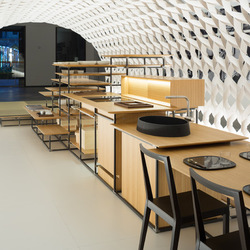The Kitchen of Tomorrow
What will the kitchen of tomorrow look like? Just ask the people building and planning the kitchens of today. With that in mind, we asked homeowners in 11 countries — the U.S., Canada, the United Kingdom, Ireland, France, Germany, Italy, Russia, Spain, Sweden and Denmark — through a series of discussions, polls, surveys and interviews to describe the ins and outs of kitchen projects they had recently completed, have underway or are planning to start in the next three months.
Houzz data shows that 41 percent of homeowners are remodeling kitchens that are 16 to 30 years old. With nearly 9,000 people responding to Houzz’s most recent kitchen survey — 85 percent had completed or worked on their kitchen project in 2015 and the rest planned to start in early 2016 — that means their choices in layout, materials, storage and special features offer insight into trends you’ll no doubt see in kitchens for years to come.
But don’t expect Jetsons-style whiz-bang gadgetry anytime soon. Other than a few high-tech appliances, homeowners aren’t looking to impress NASA with their kitchens. Apart from TVs and iPads, the majority of homeowners in almost every country we surveyed aren’t interested in many high-tech features. “Programming ovens from an iPhone is not something people are doing, and people don’t care about a refrigerator that will send a message to your phone that it needs to be defrosted,” says Ken Burghardt, owner ofDomicile San Francisco. Instead, they’re focusing on materials and features that provide basic function and classic style.
The local climate and size of the space dictate a lot about how a kitchen will look. But so do cultural influences. For example, step into a kitchen in Spain and you’re more likely to see a built-in coffee station and walk-in wine cellar than in other countries we surveyed. Nearly a quarter of Spanish homeowners plan to add a built-in coffee or tea station, while almost 10 percent plan to add a wine cellar.
But for the most part, kitchens from all the countries we surveyed are a lot alike. Homeowners almost everywhere seem to want white cabinets, pullout garbage and recycling bins, more pantry storage and new countertops, appliances, cabinets — new everything, really
 Give Me a ‘U’
Give Me a ‘U’
The basic layout of the cabinets and appliances dictates what kind of experience you’ll have working in a kitchen. It’s a matter of preference, and often depends on the layout you start with and how much time and money you’re willing to spend to change it.
In the U.S., Canada, U.K. and Germany, U-shaped kitchens (like the one shown here) are the most popular, according to the survey. In the U.K., designer Conrad Hendrick of LWK Kitchens says history plays a role in kitchen layouts. “Unless you are willing to remodel, then your home’s existing architecture will often dictate what your layout will be,” he says. “And with Georgian, Victorian and Edwardian architecture still imprinted on many modern homes, it follows that these styles naturally influence kitchen design, and in many modern cases lean toward a U-shaped kitchen layout.”
Aside from the historical influence, Hendrick says people desire the U-shaped layout because it provides a generous work surface and storage capacity. “They are also highly efficient and simple to use because of the limited number of steps required when moving between different areas of the kitchen,” he says.
L-shaped layouts reign supreme in every other country except Denmark, where nearly a third of homeowners want a galley kitchen.
In Russia, where the majority of homeowners choose an L-shaped layout (like the one shown here), interior designer Andrey Maksimov-Pavlychev says a legacy of small-space mentality and nostalgia has a lot to do with the preference, and is likely to continue into the future.
“Our people have always lived in tiny apartments, so they obviously did their best to make the kitchen occupy less space,” he says. “These layouts allow us to fit all the appliances you need in a very small space. Even when people move to bigger apartments, memories make them choose the angular configurations while they could afford an island kitchen or any other kind.”

New interpretations. Though Japan was not part of the survey, which was conducted online from October to November 2015, we reached out to Toshiyuki Imai, manager of Japanese kitchen design firm Kitchen House’s Tokyo showroom. Imai says one of the most popular layouts in Japan is somewhat like an open galley style, in which the kitchen counter and dining table are linked seamlessly together.
“This is efficient because it makes it easy to deliver meals from the kitchen to the dining, while it’s still possible to change the layout of the dining table according to the number of guests you are entertaining,” Imai says.
And designers are responding to this with new interpretations of the traditional Japanese kitchen. Kitchen House recently launched the combination kitchen island and dining element seen here in collaboration with architect Kengo Kuma. It combines modern design and technology with “primitive materials like glued laminated bamboo board, black iron frame and cast aluminum,” Imai says.
The Rise of Porcelain and Engineered Quartz
New countertops are the top feature most homeowners want in their kitchen. While granite remains popular for its look — despite its maintenance — other materials are catching the attention of homeowners.
George Lisac, owner of Kerrock Countertops in Union City, California, is seeing a big rise in requests for engineered quartz. “Even more than granite,” he says. Engineered quartz is 97 percent crushed quartz mixed with 3 percent resin to create a nonporous material that doesn’t need to be sealed like granite. It was the most popular countertop material in the U.S. after granite, and the No. 1 choice in Canada, Ireland, Spain and Australia.
But not everyone embraces the material. Burghardt, owner of Domicile San Francisco, says he’s been ripping out and replacing the engineered quartz countertops he installed years ago. “People are not happy with them,” he says. “People also universally seem disappointed with the matte finishes which are prevalent in our market. They show a lot of fingerprints and look dirty as opposed to the polished surfaces.”
Instead, Neolith, a porcelain material from Spain, shown here mimicking Calacatta marble, has been taking over his clients’ kitchens lately. “You can’t scratch it, burn it or stain it,” he says.
To demonstrate in his showroom, Burghardt says he scrapes the surface of Neolith with a screwdriver until it throws sparks. “No scratching,” he says. Then he takes a flamethrower to it. “We will brown the top of a crème brûlée, then aim the flame at the countertop and hold it there. No cracking or discoloration. Pour zinfandel, hot chili oil, blueberry and nothing happens. And no, I do not have stock in the company.”
In Japan, artificial stone seems to be moving out of the way for materials like quartz and ceramics. “Our hottest one for next year is durable ceramic panel [shown here], originally developed as an exterior material,” says Imai of Kitchen House.
Stainless steel also is a popular countertop material for the Japanese. In an informal Houzz Japan poll, stainless steel was the No. 1 chosen material for kitchen countertops. “People tend to choose it in order to give a cool and sharp image to the space, not only because of its durability and heat resistance,” Imai says.
Induction Junction
Once they take care of the kitchen basics — cabinets, countertops, faucets and plumbing fixtures, sinks, lighting, appliances and wall color — many people turn their attention to special features, if the budget allows, that can make life more convenient and enjoyable. In the kitchens of tomorrow, expect to see extra pantry storage, islands and breakfast bars. But, depending on which country you’re in, expect a few surprises too.
A recent Houzz discussion about kitchen remodeling desires sheds light on a few sought-after features. Induction cooktops, charging stations for electronics, retractable power points, baseboard vacuum systems, built-in pet feeding stations, ovens with side-opening doors, as shown here, and drawers instead of shelves on the bottom cabinets came up frequently.
But there were also calls for a few nontraditional kitchen features. “A sexy man that will do dishes, cook and take out trash,” commented Houzz user Brandi Nash Hicks.
Meanwhile, homeowner Sarah Haubert had an inventive idea. For her recently built custom home, she mounted the motor for the range hood outside. “So I can be cooking at the stove with the fan on high and it is amazingly quiet,” she says. “This has seriously been one of my favorite things we did in this house.”
Range hoods. In many countries, homeowners are paying special attention to range hoods, which have improved in strength and appearance over the years, according to Spanish architectOskar Velez. “Good parties always end in the kitchen,” he says. “Some people are worried about the smell of food, but nowadays there are very effective and well-designed extractors, even embedded in the ceiling, so food smell should not be a problem unless your diet is based on fried food.” Velez designed the home shown here, which has a recessed range hood.
Wood-burning stoves. Walk into a kitchen in Sweden, the U.K. and Ireland — countries known to have the occasional day of dreary weather — and you might find a crackling wood-burning stove, like the one shown in this Dublin, Ireland, kitchen.
“In the midst of ever-increasing energy bills, people in the U.K. and Ireland are often turning to wood-burning stoves, as they are cheaper to run than gas or electric,” says London designer Conrad Hendrick of LWK Kitchens. “Some types of wood-burning stove are also eligible for the government’s Renewable Heat Incentive (RHI). Made from cast iron, wood-burning stoves retain their heat for longer, which is important for those long winter nights where we all want to keep warm. But coupled with their functionality and energy-saving qualities, wood-burning stoves are also popular as a visually impressive feature within the kitchen or living room. They create a stylish and appealing look, within the midst of a warm and welcoming atmosphere.”
Neutral Is Supreme — But Here Comes Green
White dominates homeowners’ color choices for things like cabinets, walls and even backsplashes. But it’s not all because people are color-shy. The noncolor color serves practical purposes too.
“We need the white colors to reflect any sunlight that comes through the windows during those long, dark winters. In general the weather is not great, so any reflection of light is important,” says Allan Torp, a lifestyle expert for Bungalow5 in Copenhagen, Denmark. “It keeps the kitchen looking bright and clean, and doesn’t induce a heavy feeling when those sunshine days are over.”
Neutral colors define U.S. and Canadian kitchens too, where white cabinets and beige and gray walls are preferred, according to the survey. But green, such as the minty shade shown here, and blue are creeping in. “I think green edges out blue in kitchens because it’s the more organic, appetizing color of the two,” says Jennifer Ott, an interior designer who specializes in paint consultations.
“Plus, there’s such a push now to eat unprocessed, healthy whole foods that I think people are drawn to having a vegetal hue in the space,” she adds. “My other theory is that we live in pretty stressful, trying times and green is thought to be a happy hue, unlike blue and gray. Yet it’s not as high-energy as the other happy hues of yellow and orange. So green is a nice compromise between happy yet soothing and stress-relieving.”
Read more here: http://www.houzz.com/ideabooks/58786469?utm_source=Houzz&utm_campaign=u2376&utm_medium=email&utm_content=gallery0
[houzz=http://www.houzz.com/ideabooks/58786469/list/the-kitchen-of-tomorrow-is-already-here w=300]







